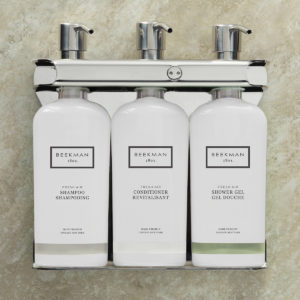
The pre-Covid trend that saw hotels begin moving to bulk bath amenities over small, single-use options is picking back up. More guests expect to see sustainability practices in action and, like bath towel reuse policies, transitioning to bulk is a visible, cost-effective way to make a difference.
The chief impetus, of course, is reducing the use of plastic, which means less plastic in our landfills and beyond. According to some environmental advocates, nearly 33 million pounds of plastic waste wash into the world’s oceans each year, threatening marine life. In Booking.com’s Sustainable Travel Report 2022, 81% of global travelers said that traveling sustainably is important to them.
Some major hotel brands began replacing single-use toiletries with refillable dispensers in 2018. And, as expected, many celebrated amenity brands responded with bulk-sized collections of hand wash, body wash, shampoo, conditioner, and body lotion – all accessible to guests in refillable bulk amenity pump dispensers.
This trend has regained its momentum with the easing of pandemic impacts. There is also renewed attention on the civic front. California and New York are the first states to set bulk compliance deadlines. Elements of California’s new requirements begin in 2023 and are supported by leadership of the California Hotel & Lodging Association. In 2024, hotels in New York will have to move to environmentally friendly dispensers. New York’s measure also garnered industry support, which suggests other states are likely to follow suit.
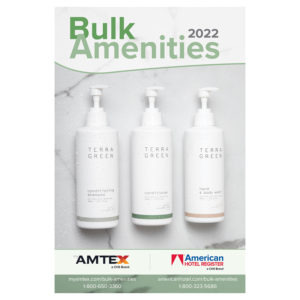
Through our bulk amenities brochure and brand knowledge, we can help you make the best choice for your property.
Are you considering a move to bulk for your property?
As a leading hospitality supplier, we’ve supported the growing interest in this effort. We’ve continued to add to our bulk amenity inventory and, more recently, we’ve created a special homepage for our bulk amenity collections and corresponding dispensers. This convenient web page also includes a digital bulk amenity brochure, which serves as a helpful guide to determining the right amenity choice for your distinct guest experience.
While mini shampoos, conditioners, and lotions have been a staple of the hotel experience for decades, today’s guests are embracing positive change. Offering bulk amenities in your bath is one way to demonstrate solidarity around improved sustainability. Get started today by exploring our collections and connecting with our amenity experts. We’re ready to help you make the move to bulk.

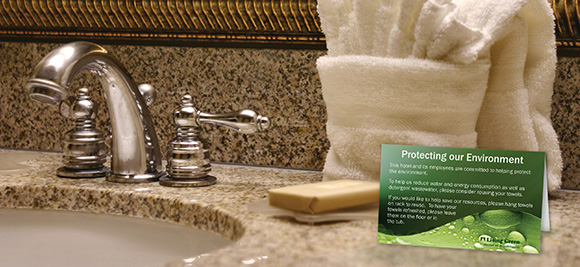
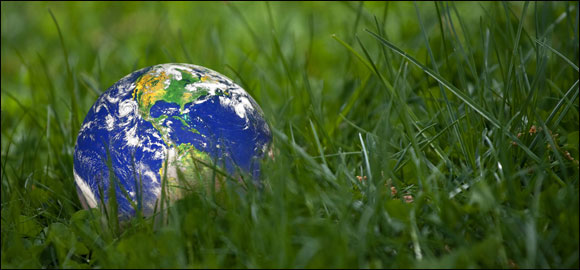
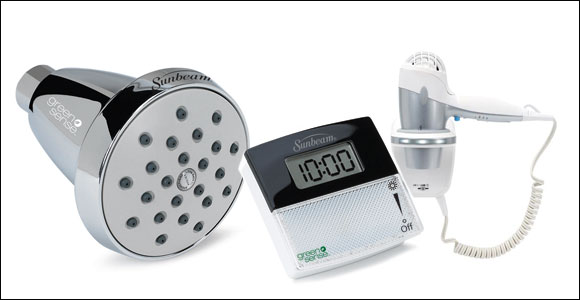
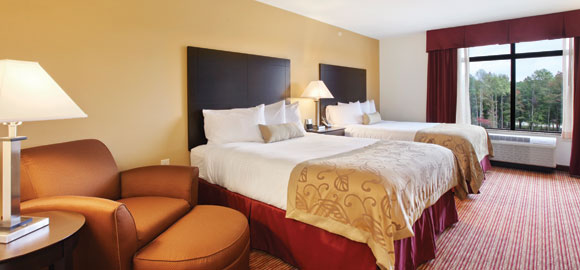
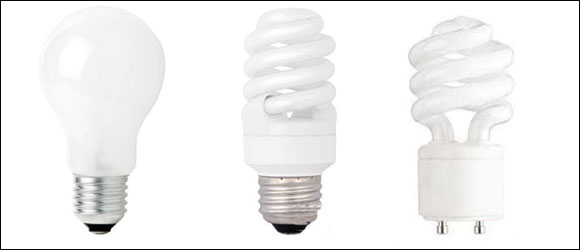
 You’ve probably seen more than one article on how to save money while making your property greener. In today’s tough economic climate, these ideas are more relevant than ever. Here are a few:
You’ve probably seen more than one article on how to save money while making your property greener. In today’s tough economic climate, these ideas are more relevant than ever. Here are a few: